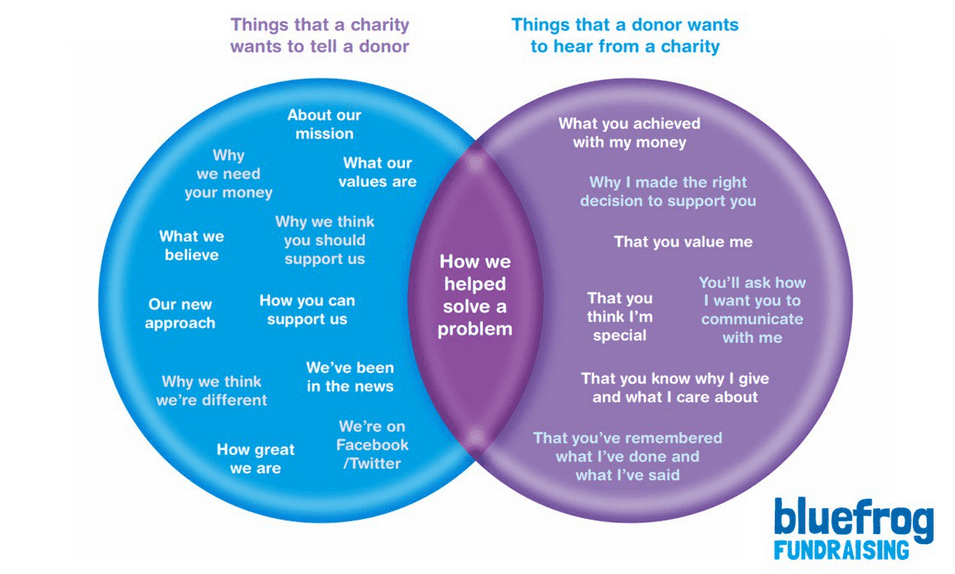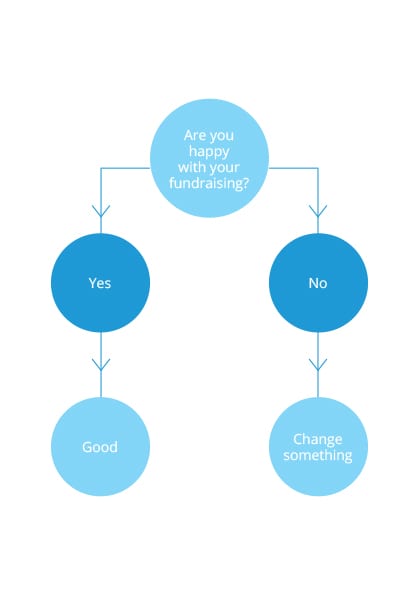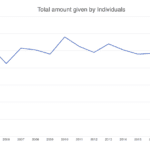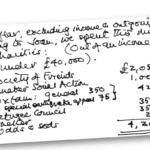Mobile giving – it’s easy to stand out in a crowd of one
This is a guest post from Bluefrog's new Head of Donor Engagement – James Waring.
In the first couple of weeks after you start a new job (as I have done this January) you often find yourself looking for things to do, or waiting around for meetings and inductions. During these lulls, in a bid to appear as up to the minute as possible, I’ve been reading a lot of fundraising blogs. One theme has really rung out across the sector this January – Retention (So much so that all these words link to a different article on it).
Something else that’s in everyone’s mind and has decent retention rates is regular giving via your mobile phone. So could the retention issue be solved by the convenience of a text? Has one of the holes in that leaky bucket been plugged?
Giving regularly via your phone was created because engagement through giving to charity via a direct debit was pretty poor. After all, direct debits were invented to pay bills – you aren’t meant to think about them. I (and I’m still pretty young) remember back in the heady days of 2010 talking about how giving a monthly donation through your phone could be much more engaging – interactive content with a different tangible case study every month. And everything was sent straight into your pocket!
But anyone coming from the world of telemarketing (as I do) has heard hundreds of conversations with this new breed of 'mobile donor'. The fact of the matter is simple – they sign up because it’s easy, they can 'skip' a gift whenever they want and, crucially, they don’t think they are going to be asked to do anything more.
The lower attrition rates we are seeing from people who give via their mobile phone bill aren’t because we’ve fixed any of the basic problems leading to high attrition and a lack of engagement from donors; they’re because donors and some charities seem to have confused novelty with interest and convenience with loyalty.
If a product’s strength is that it’s new and easy now, the risk is that it will soon be old and unimportant.
Donors like the fact that mobile giving isn’t a direct debit, they like the fact that they don't have to put anything in the post and they like the fact that they don’t HAVE to give – but they also like the fact that it’s new and different.
Just under a third of the total amount given to charity comes via direct debits. The people who give via their mobile are more often than not, the very same donors. Very few of them are teenagers making their first gift to charity. Most are in their thirties, forties, fifties and older. So in a year or two, when they have signed up to three or four charities on their phone – how often are they going to get four messages across a few days and think “that’s it, I’m stopping two of them”?
I’d tentatively suggest that it will probably be around 50% – 70%; the same number that cancel their gifts from face to face, or telephone recruitment. When you are giving to multiple charities through the same medium, it loses its sparkle pretty quickly.
The extra level of engagement we were excited about isn’t happening, though on the face of it for good reasons.
Donors, if you ask them (which we have done), often don’t want additional content because they are worried that charities might take 'advantage' of them. More contact so often leads to more asks and upgrade calls that they’d rather dis-engage and be left alone.
But ask people why they cancelled their direct debit and beneath the claims of financial hardship we find the truth is that they weren’t engaged by the charity in the first place.
This quote from Phil Caroe (CEO of Allia) taken from a research paper on online giving by Spring sums it up. He was approached on the street to give by text and said "no"…
“I wonder whether at times we’re in danger of trying to make giving so easy that we get a gift but not a relationship. How many people made a text donation just because it was the easiest way to end the conversation?”
Throughout this post I’ve referred to the people who give money to charity as donors and not as supporters.
I’ve done that as they aren’t really supporting a charity. If the truth was told, they probably don’t even know what the charity really does and that is the issue.
Mobile fundraising is a great opportunity to really link the action of giving to the means of communicating what that gift does. But let’s not confuse the medium of a gift (via a phone) with the aim (cultivating long term, valuable relationships with supporters).
As fundraisers, getting people to say “yes” is one of the hardest things we do, but just because we’ve found a way to get people to do that more easily, doesn’t mean we should only ask for that one basic level of engagement.
Once giving regularly through your phone becomes “normal” and donors start receiving upgrade calls and text messages from multiple charities, we won’t be able to rely on the novelty of mobile to solve the retention issue. So something needs to be done to really engage these potential new supporters – even if they don’t think they want it.
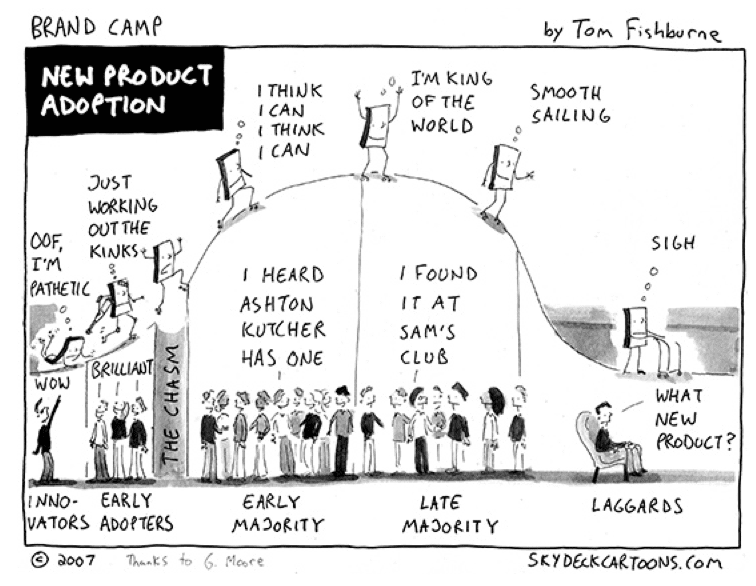
Thanks to Tom Fishburne for the cartoon.
This is a guest post by James Waring who was previously a senior planner at Listen and is now Bluefrog's new Head of Donor Engagement.


